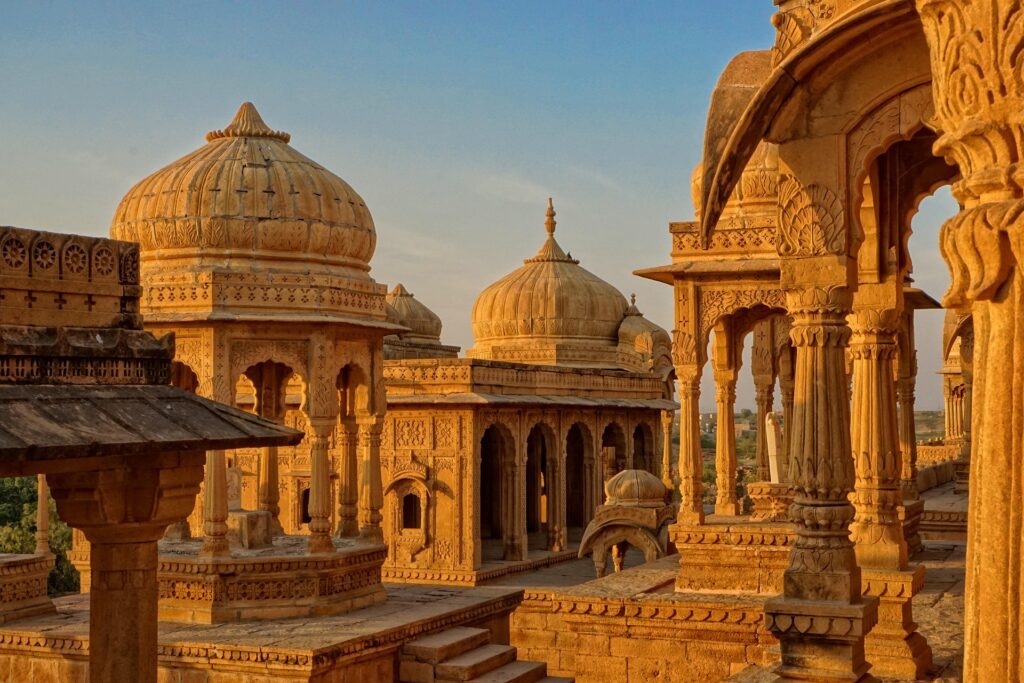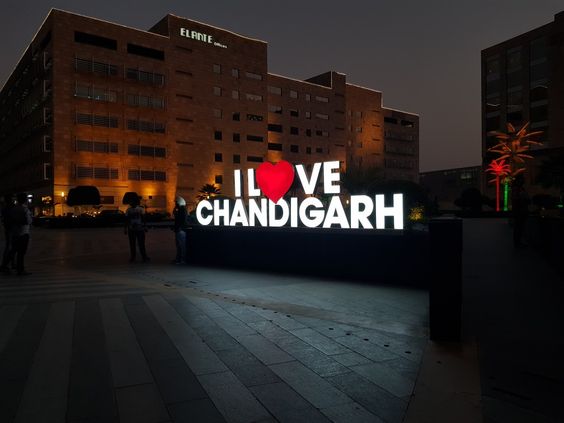India
India, the seventh-largest country in the world by land area and the second-most populous, is a nation of incredible diversity and profound history. Located in South Asia, India shares borders with Pakistan, China, Nepal, Bhutan, Bangladesh, and Myanmar, and is surrounded by the Indian Ocean to the south. With a population exceeding 1.4 billion people, India is not only a geographic and demographic giant but also a cultural and economic powerhouse.
Historical Background
India’s history is among the oldest in the world, with human activity dating back tens of thousands of years. The Indus Valley Civilization, which flourished around 2500 BCE in what is now Pakistan and northwest India, is one of the world’s earliest urban civilizations. This was followed by the Vedic period, which laid the foundations for Hinduism, the dominant religion in India.
Throughout its history, India has been a mosaic of cultures, religions, and languages. The Maurya and Gupta empires, which ruled over vast swaths of the Indian subcontinent, are often considered the golden ages of Indian civilization, marked by advancements in science, mathematics, literature, and art.
The arrival of Islam in the 7th century brought significant changes to the Indian subcontinent, culminating in the establishment of the Delhi Sultanate and later the Mughal Empire. The Mughal period, particularly under rulers like Akbar and Shah Jahan, saw the flourishing of architecture, arts, and culture, with landmarks such as the Taj Mahal standing as a testament to this era.
Colonialism arrived in the 17th century, with the British East India Company establishing control over much of India, leading to nearly two centuries of British rule. The struggle for independence, led by figures like Mahatma Gandhi and Jawaharlal Nehru, culminated in India gaining independence on August 15, 1947. Since then, India has emerged as a sovereign, secular, and democratic republic.
Cultural Heritage and Arts
India’s cultural heritage is incredibly rich and varied, reflecting its long history and the diverse influences that have shaped it. Hinduism, Buddhism, Jainism, and Sikhism all originated in India, and the country is home to a myriad of religious sites, festivals, and practices.
Indian classical music and dance, such as Bharatanatyam, Kathak, and Carnatic music, are celebrated for their complexity and spiritual depth. Indian cinema, particularly Bollywood, has a massive global following, with its unique blend of music, dance, and drama.
The architectural heritage of India is equally impressive, with ancient temples like those in Khajuraho and Konark, as well as the Islamic architecture of the Mughals, exemplified by the Taj Mahal. The Ajanta and Ellora Caves, with their intricate carvings and frescoes, are UNESCO World Heritage sites that showcase the artistic brilliance of ancient India.
Geography and Landscapes
India’s geography is as diverse as its culture. From the towering Himalayas in the north to the tropical beaches of Goa and Kerala in the south, India offers a stunning variety of landscapes. The Ganges River, considered sacred in Hinduism, flows across the northern plains, supporting one of the most densely populated regions in the world.
The Thar Desert in the west, the fertile plains of the Indo-Gangetic belt, the Deccan Plateau, and the lush forests of the northeast all contribute to India’s geographic diversity. The country’s national parks, such as Jim Corbett and Ranthambore, are home to a wide range of wildlife, including tigers, elephants, and rhinos.
India’s climate ranges from the icy cold of the Himalayan region to the tropical warmth of its southern coasts. The monsoon season, which occurs from June to September, is a critical part of India’s climate, bringing the much-needed rains that support its agriculture.
Culinary Excellence
Indian cuisine is renowned worldwide for its bold flavors, extensive use of spices, and regional diversity. The food of India is as varied as its culture, with each region offering its own unique dishes and culinary traditions.
In the north, tandoori dishes, biryani, and naan bread are popular, while the south is known for its spicy curries, dosas, and idlis. The west offers delights like pav bhaji and dhokla, and the east is famous for its sweets, particularly rasgulla and sandesh.
Indian food is also heavily influenced by religious practices, with many dishes being vegetarian, particularly in states like Gujarat and Rajasthan. The use of spices such as turmeric, cumin, coriander, and cardamom is a hallmark of Indian cooking, providing not just flavor but also health benefits.
Economy and Modern Influence
India has one of the world’s largest economies, with a diverse base that includes agriculture, manufacturing, and services. The country is a global leader in information technology, with cities like Bengaluru and Hyderabad serving as major tech hubs. India is also a significant player in global trade, with industries such as textiles, pharmaceuticals, and automotive production contributing to its economic strength.
Despite its economic growth, India faces challenges, including poverty, infrastructure development, and social inequalities. However, the country’s young population, entrepreneurial spirit, and increasing integration into the global economy make it a key player in the 21st century.
India’s influence extends beyond economics; it is a major cultural force, with its diaspora contributing to the global spread of Indian culture, from yoga and meditation to cuisine and cinema.
In summary, India is a land of contrasts and diversity, where ancient traditions coexist with modern innovation. Its rich cultural heritage, geographic variety, and economic potential make India a country of immense significance on the global stage.
Posts
FAQ
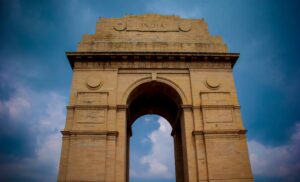
India stands out for its rich cultural heritage, diverse landscapes, and a vibrant tapestry of traditions. From historical monuments like the Taj Mahal to the spiritual ambiance of Varanasi, India offers a unique and immersive travel experience.
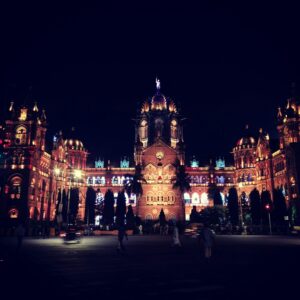
Indian cuisine is incredibly diverse, varying from region to region. Must-try dishes include biryani, curry, dosa, samosa, and the wide array of flavorful vegetarian and non-vegetarian options. Indian street food is also renowned for its delicious and affordable offerings.
India is generally a safe destination for travelers. However, like any other country, it’s advisable to exercise basic precautions, such as safeguarding personal belongings and being aware of local customs. Consult travel advisories and stay informed about the areas you plan to visit.
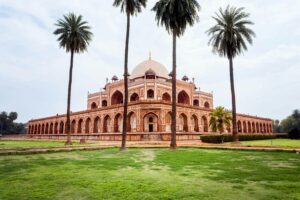
To experience India’s diverse cultures, travelers can attend local festivals, explore historical sites, visit traditional markets, and eangage with locals. Participating in cultural activities, such as dance performances and cooking classes, provides an immersive understanding of India’s rich heritage.
Festivals hold immense cultural significance in India. Whether it’s the colorful celebration of Holi, the spiritually charged Diwali, or the grandeur of Navratri, festivals offer a unique opportunity to witness India’s vibrant traditions, customs, and a sense of community.


